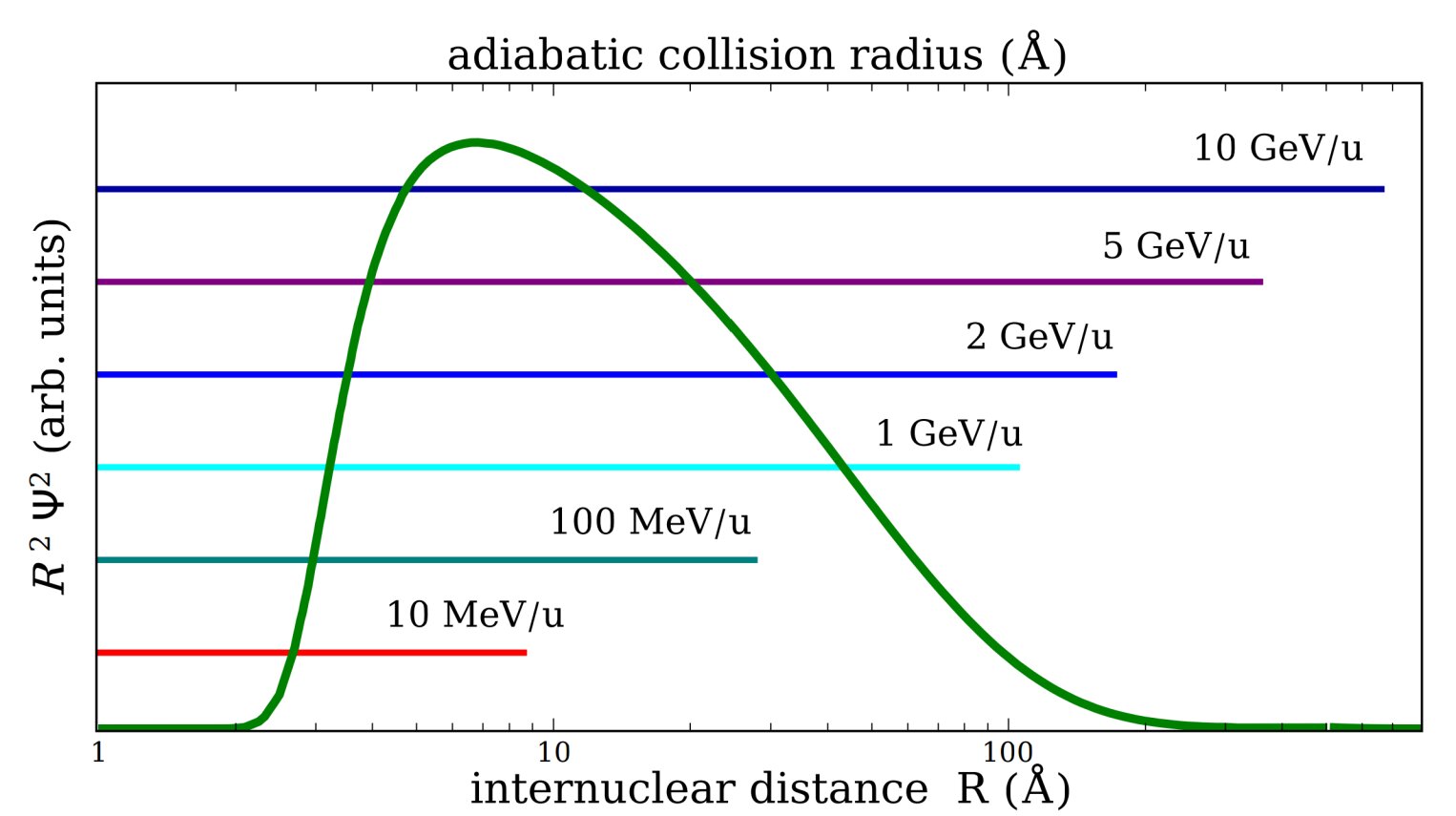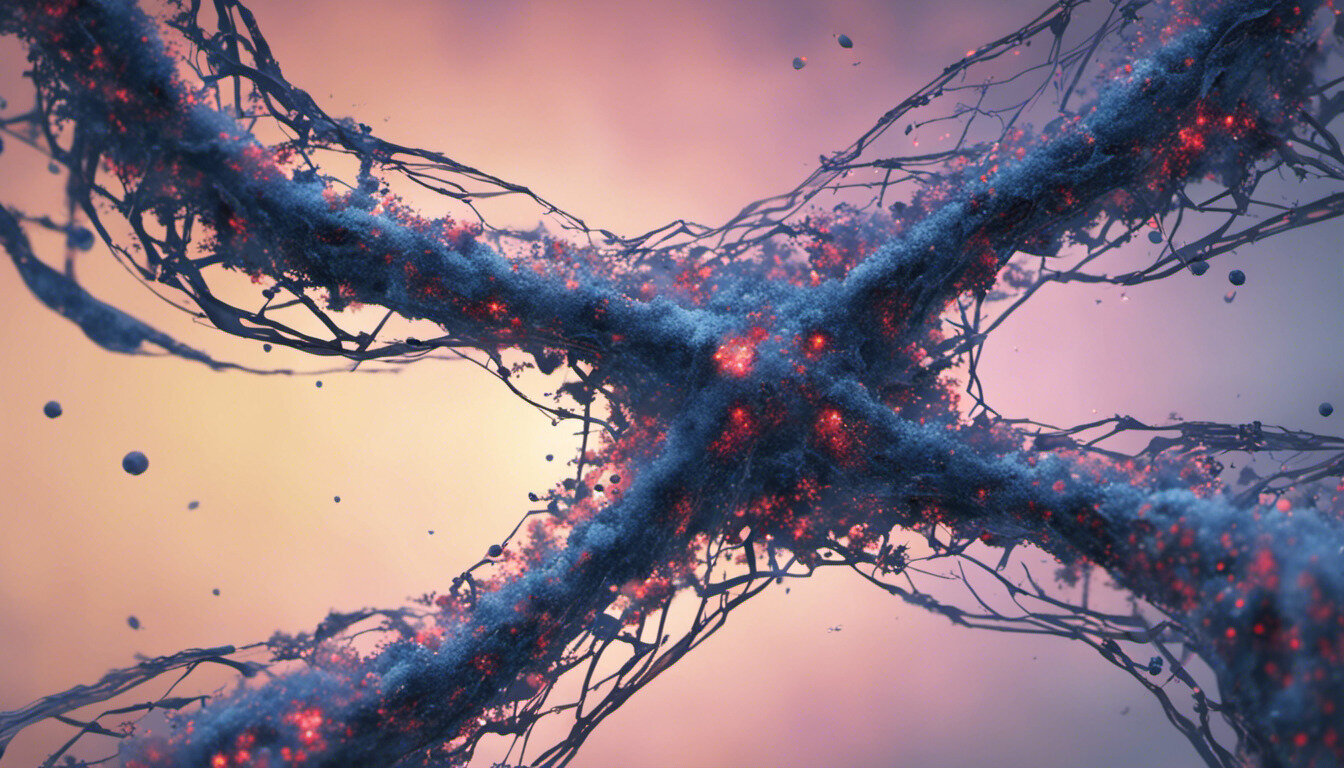#Probing helium dimer by relativistic highly charged projectiles

“#Probing helium dimer by relativistic highly charged projectiles”

In a recent theoretical work published in Physical Review Letters, researchers at the Institute of Modern Physics (IMP) of the Chinese Academy of Sciences (CAS) and their collaborators suggested probing helium dimer by relativistic highly charged projectiles.
Helium dimer (4He2) represents a fascinating example of a very delicate quantum system whose existence has been theoretically discussed since 1920s. It was only observed experimentally in 1993 or 1994, and is still a hot research topic.
With a tiny binding energy and an enormous size, helium dimer is the weakest bound, most extended and “delocalized” diatomic system. Due to its extreme dimensions and exotic character, helium dimer is considered as a unique system to study electron correlations over large distances. And the dimer is regarded as a quantum halo system that spends most of its time in a classically forbidden region.
To probe the structure of helium dimer, the researchers at IMP and their collaborators considered the fragmentation of the helium dimer into singly charged ions by collisions with relativistic highly charged projectiles.
It was found that the interaction of an ultrafast projectile with an extreme extended object—helium dimer—possesses interesting features that are absent in collisions with normal molecules/atoms.
The researchers demonstrated that ultrafast projectiles, due to their extremely long interaction range, can probe the structure of the dimer ground state in the halo region between 14 angstroms and 250 angstroms, where the dimer spends 80% of its time.
They also suggested that such projectiles can be used for accurate determination of the binding energy; moreover, they showed that this mechanism is strongly influenced by relativistic effects and the classical description of the collision dynamics fails completely.
There are several laboratories worldwide where these processes are studied experimentally. In particular, researchers at IMP possess the ability to prepare various gaseous experiements, including dimer targets, in a reaction microscope at the heavy ion storage ring, which lays foundation for future research on helium dimer.
B. Najjari et al, Probing the Helium Dimer by Relativistic Highly Charged Projectiles, Physical Review Letters (2021). DOI: 10.1103/PhysRevLett.127.203401
Citation:
Probing helium dimer by relativistic highly charged projectiles (2021, November 26)
retrieved 28 November 2021
from https://phys.org/news/2021-11-probing-helium-dimer-relativistic-highly.html
This document is subject to copyright. Apart from any fair dealing for the purpose of private study or research, no
part may be reproduced without the written permission. The content is provided for information purposes only.
If you liked the article, do not forget to share it with your friends. Follow us on Google News too, click on the star and choose us from your favorites.
For forums sites go to Forum.BuradaBiliyorum.Com
If you want to read more Like this articles, you can visit our Science category.


